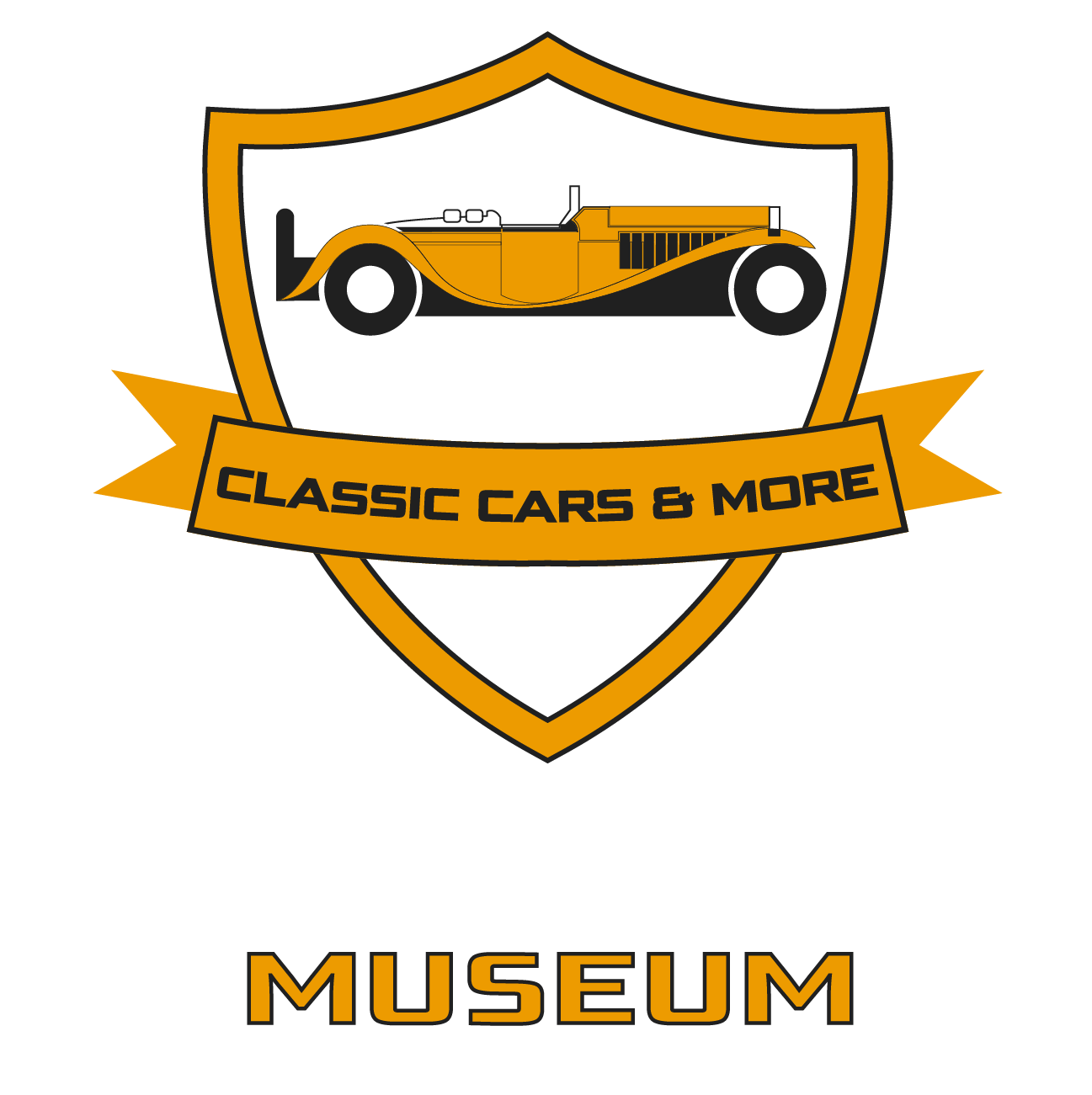365 DAILY NEWSLETTER
DUESENBERG STRAIGHT 8
One of the pre-war automotive industry’s pioneering engines for the luxury car market, and the first mass produced straight-8 engine. The Duesenberg Straight Eight is considered the first high-performance engine in the US automotive industry.
The Automobile Trade Journal on the 1st of July, in 1920, reported: “The Dusenberg Automobile & Motors Corp. has purchased a manufacturing plant at Indianapolis, and plans to build 2,400 cars in its first year of operation. Besides the special Dusenberg engine, the car will be equipped with hydraulic brakes. The new car will reportedly be 400 pounds (181.5 kg) lighter than comparable performance cars and will travel 18 to 22 miles (29 to 32 km) on a gallon (4.5 liters) of gasoline.”
And so it was that the Duesenberg brothers, known for their racing results, unveiled the first production car of their own design. Fred and August were German immigrants whose families had settled in Iowa. From a young age, the brothers were involved in racing and engine building.
The brothers moved to Minnesota in 1913 and opened the Duesenberg Automobile and Motors Company. In 1919, they sold their existing facilities and moved to Indianapolis.
The Duesenberg Straight Eight (later known as the Model A) was unveiled at the New York Auto Show at November in 1920. It was the first American production car to use a straight eight-cylinder engine.
Because the Duesenberg engine was first used in the Model A, this car is commonly called as the Duesenberg Straight Eight. This car was the first to be built with hydraulic brakes (1921), which are still found in all cars today. Other manufacturers only adopted it in the late 1930s.
The Straight Eight was produced and sold between 1921 and 1926, with roughly 650 units produced, well below the original estimate. During the same period, the brothers won the French Grand Prix (the first American car to do so) and two Indianapolis 500s. They also set a series of speed record finishes in the salty desert of Bonneville. Despite the racing successes and the quality of the cars, sales were poor and the company came close to bankruptcy.
However, E. L. Cord bought the Duesenberg company in 1926 and reorganized it as part of his growing automotive empire, where the brothers worked to create one of the greatest cars of the classic era, the Model J Duesenberg.
Tragically, Fred died of his injuries after crashing a Model J at high speed in 1932. In August, E. L. Cord went bankrupt and the Duesenberg Company came to an end.
Fitted with supercharged engines (the combustion chamber was pressurized to inject petrol and air), Duesenbergs could accelerate to 100 km/h in 8 seconds, still a remarkable performance today, but was a real marvel in its days.
The average value of a Duesenberg Straight Eight-equipped Duesy car (as they are known in vintage car communities) is $2.2 million (802,714,000 Hungarian Forints). One of the 36 supercharged versions produced can be more expensive, about 10 times as much.
Subscribe to our newsletter
Provide your e-mail address and click the button below to receive special deals and premium offers




